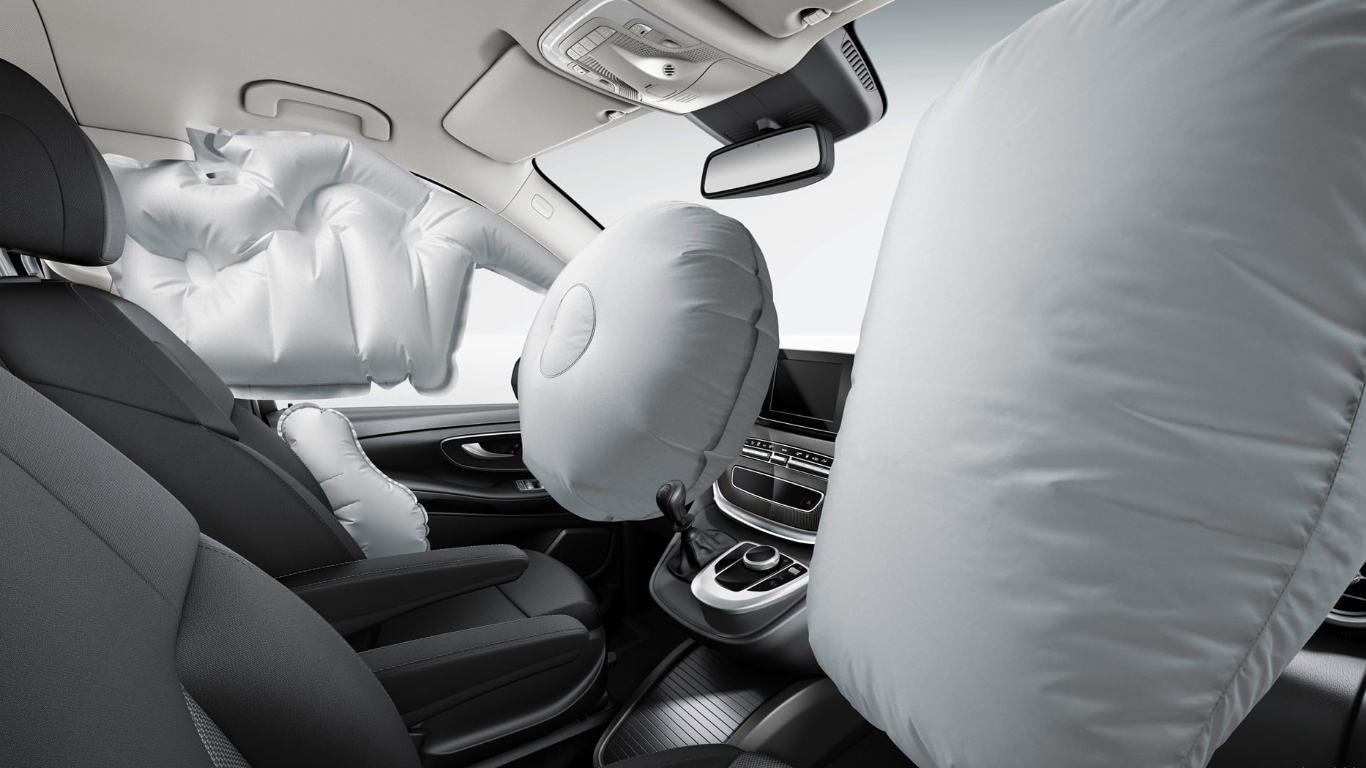If your car is stalled due to standing water or a flood, try to get it off the road if at all possible. Turn on headlights and taillights so other drivers can see it in dark conditions, but turn them off if you must leave the vehicle in order not to run down the battery. Abandon your car only as a last resort, if you cannot get it off the road safely. But if it is necessary to leave your car stalled in floodwaters, there are several precautions you should take to help keep yourself safe and prevent further damage to your vehicle.
Turn off Your Engine
Your first step when abandoning your stalled vehicle in water should be turning off the engine. It may seem counterintuitive because of the risk of water entering your engine’s cylinders but leaving an idling engine running could result in much greater damage to your motor. Driving through floodwater without proper clearance can severely damage components found in, under, or around the engine compartment including electrical wiring harnesses, sensors, ECU (Engine Control Unit), fans, air conditioning compressor, and more.
Unbuckle the Seatbelt And Release Your Brake Pedal
Once you turn off your car’s engine, it’s important to try to open your vehicle doors. If water is rapidly flowing into the interior of your car, exit via a window or sunroof if possible. It may be difficult to open the door due to water pressure on the outside of the glass so use caution when trying to pry open a door with too much force – you don’t want to break any glass. The next step in abandoning your stalled vehicle is releasing your brake pedal and unbuckling at least one seatbelt – this way all passengers can quickly get out of your car – again – watch for rushing water trying to pull you away.
Unbuckle Children’s Harness Systems
For younger passengers, it may be necessary to unbuckle their child safety seat harness system and move them into your arms for safe removal from the vehicle. If you cannot reach the buckle easily or it is underwater, you can cut the harness system loose with a pocket knife or utility blade. However, if there is metal in the buckle, do not use a blade – this will cause sparks that could ignite nearby gasoline vapors. Instead, attempt to break the “tongue” of the device which holds the belt together – however, this may not work depending on how tight your child restraint is attached to your car’s seat frame rails. In some cases, you may need to use a simple tool to release the tongue – but again – avoid sparking near gasoline if at all possible.
Push Your Vehicle Off of the Road
If it’s safe to push your stalled vehicle off of the road, try to position it next to the roadway – not in or across any ditches or gullies that may be full of more floodwater. An elevated shoulder is preferable; however, some roadsides are paved while others may contain loose gravel and rocks which can damage your car (and more importantly – your tires). As soon as you get out of the car, set up flares on both ends of your disabled vehicle so approaching drivers can see where it is located If you have an emergency roadside kit in your trunk, take it with you in case you need to shelter in place for a while. Also remember to bring along additional transportation essentials such as food, water, ice, jumper cables, and more.
Call 911 For Assistance
If the weather is too severe to push your car off of the road safely or if rushing water prevents you from opening vehicle doors, do not leave your car – seek higher ground and call 911 immediately. Emergency responders may be able to get to you faster than anticipated so avoid acting on any heroic impulses that could result in serious injuries or worse – wait until help arrives. Additionally, do NOT attempt to drive through flowing water regardless of how shallow it appears; this can damage the engine and put other motorists at risk. If you are concerned about your vehicle becoming submerged in water, call 911 immediately.




